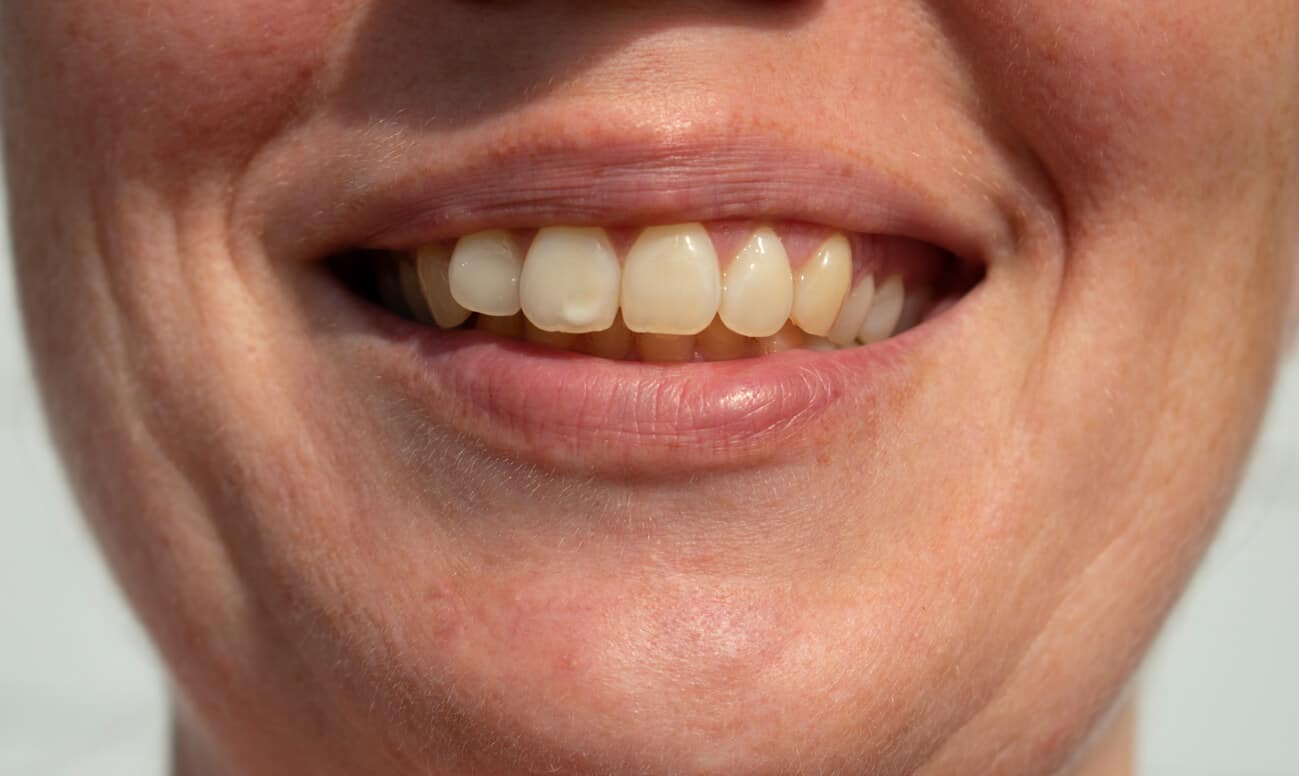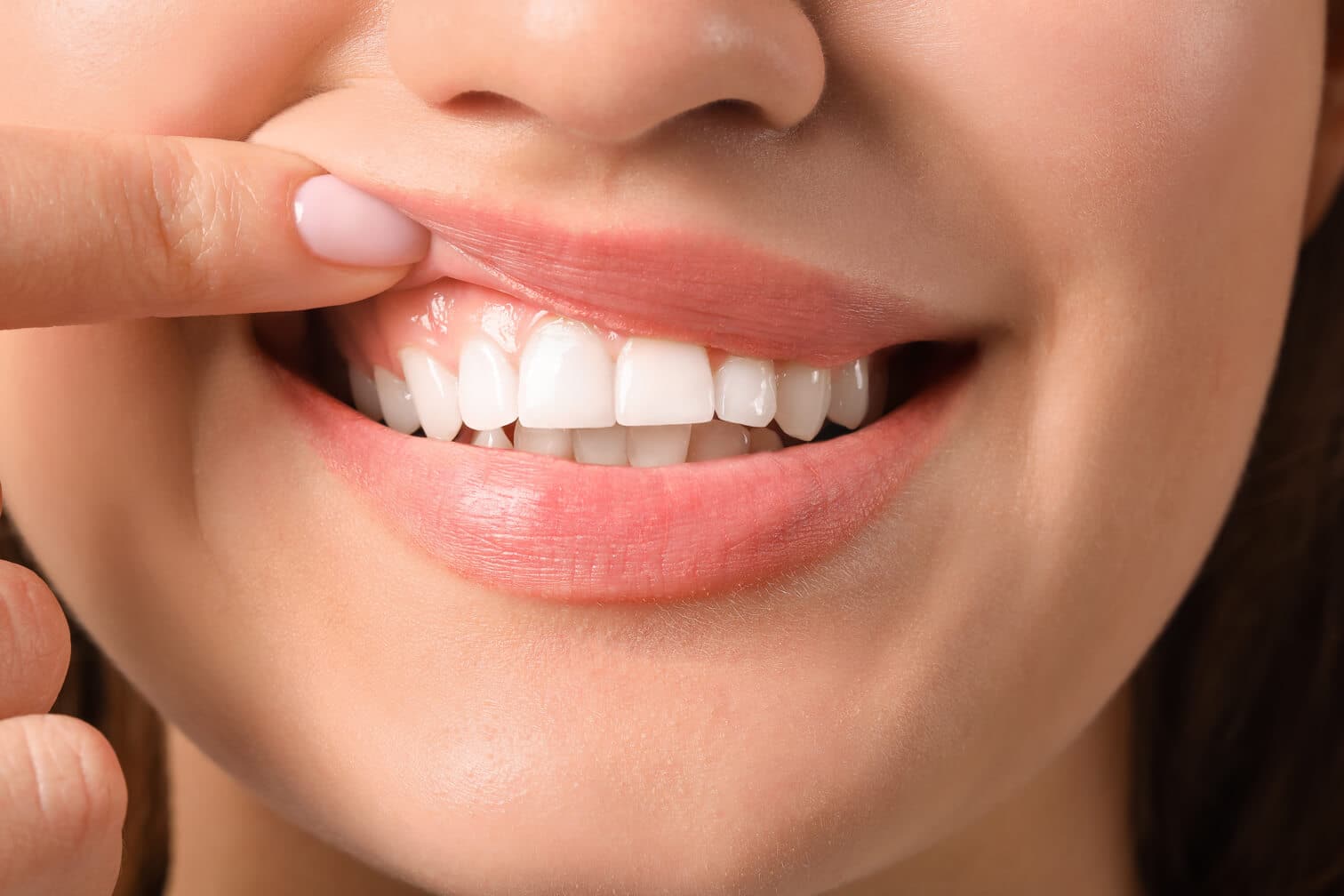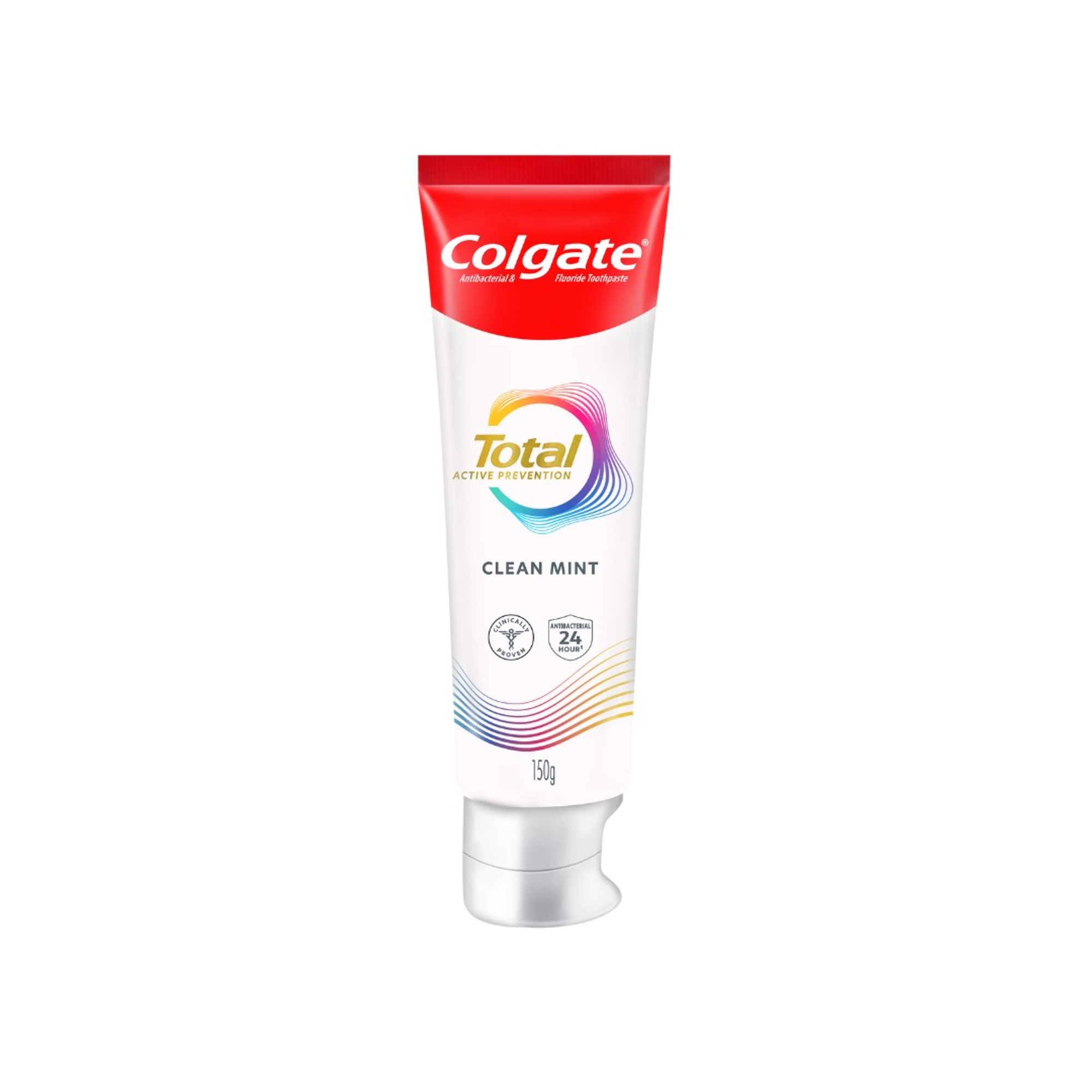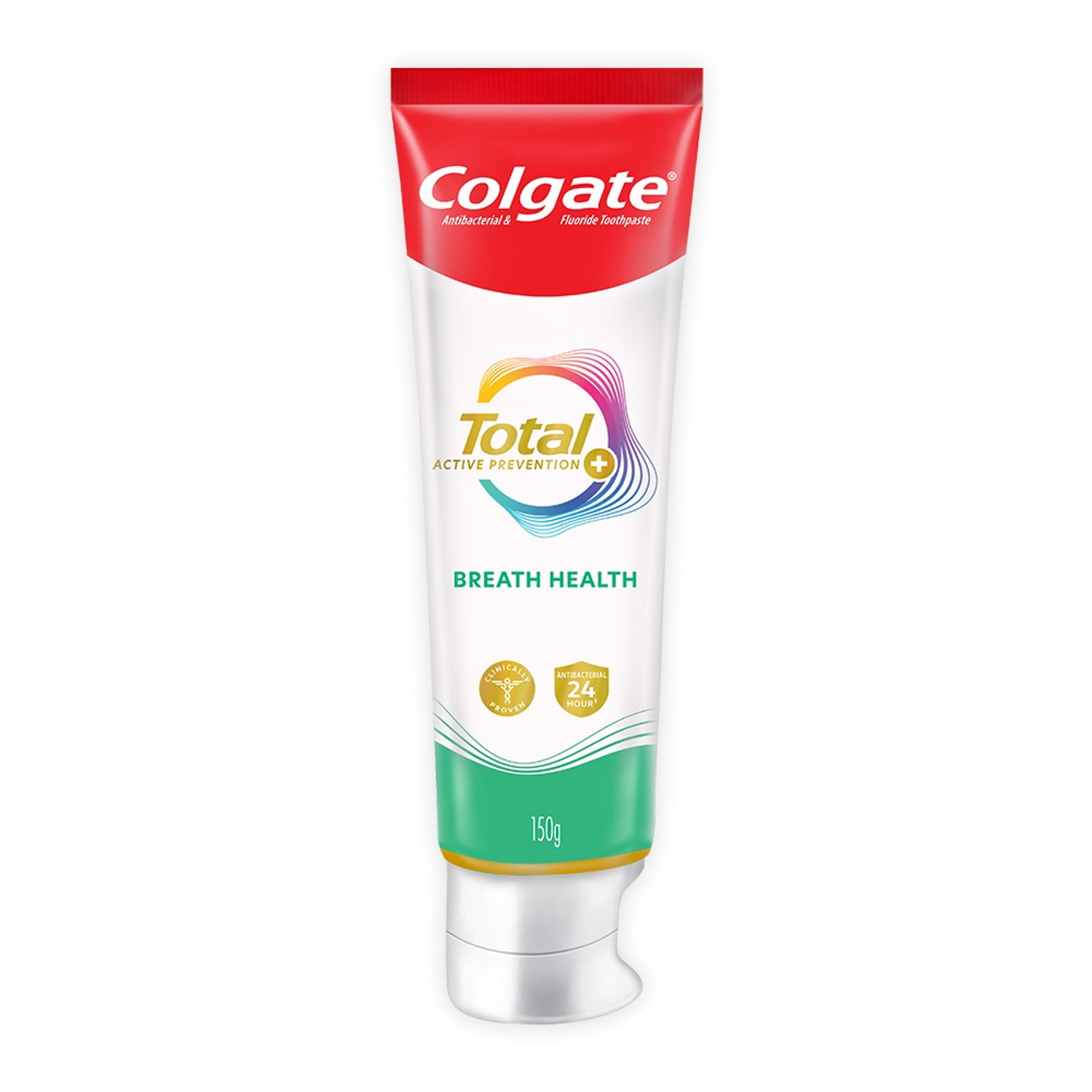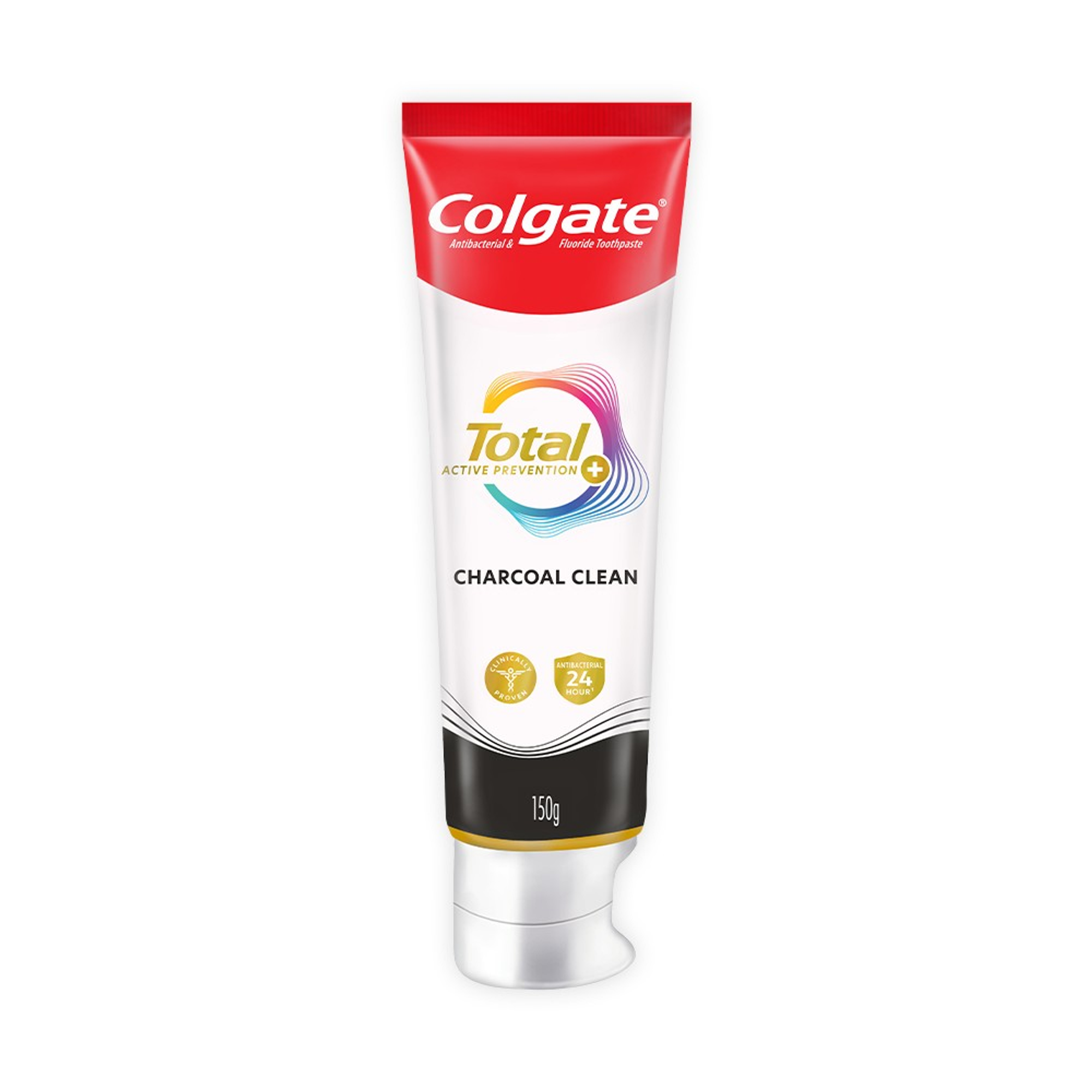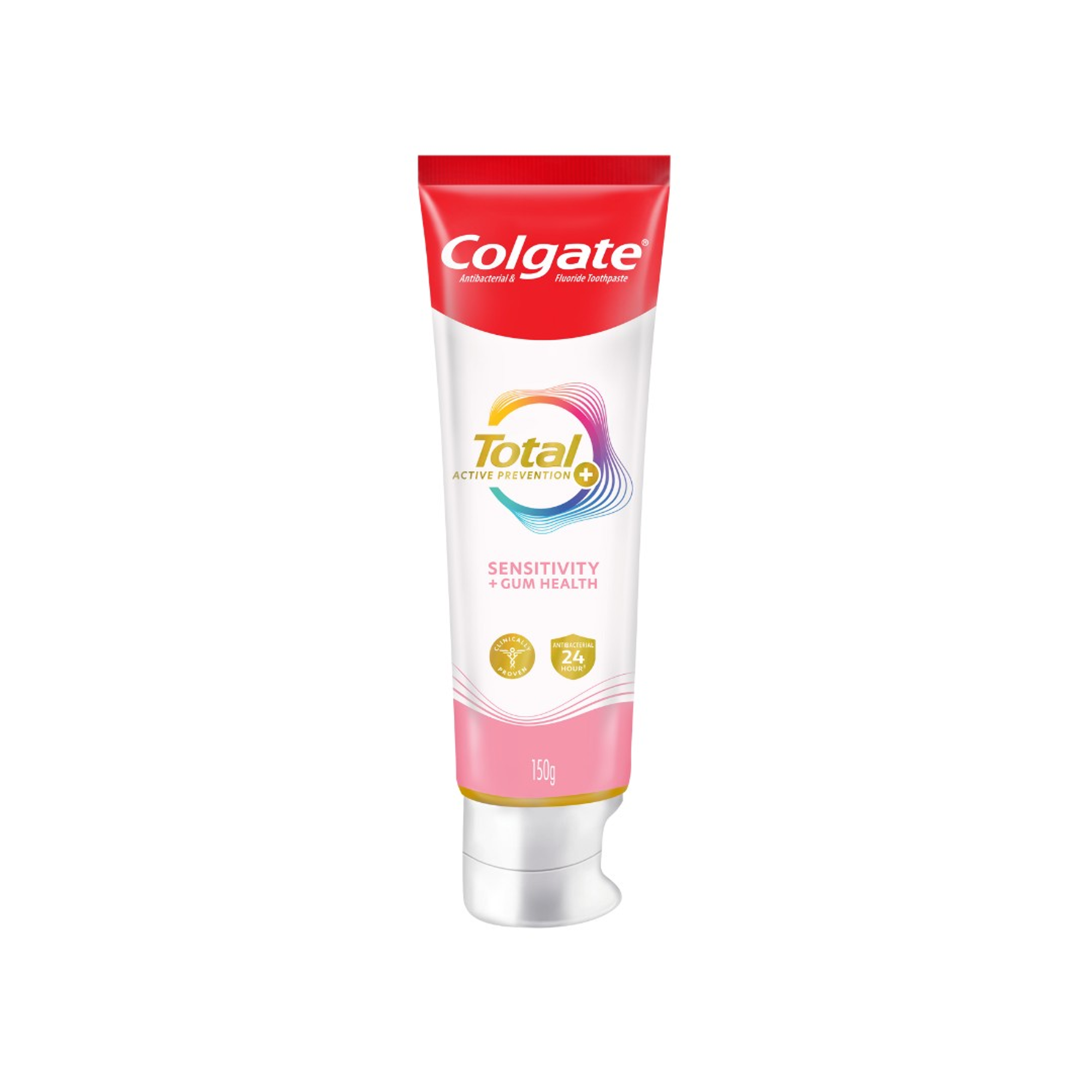Commercial Toothpaste Basics
Commercial toothpaste is an essential part of your oral care routine. Paired with a toothbrush, it removes plaque and debris from your teeth and along your gumline. Some toothpaste may have more purposes, like whitening or reducing sensitivity. While the ingredients in commercial toothpaste vary, you'll find a few common ones in each brand:
Fluoride, a mineral naturally occurring in dirt, rocks, and public drinking systems, helps strengthen tooth enamel. Did you know that fluoride, beyond its usual job of preventing cavities and keeping enamel strong, even fights early signs of tooth decay? This important fluoride fact is noted and is called "nature's cavity fighter."
Have you ever wondered what's in commercial toothpaste that makes your teeth feel smooth after a brushing? Gentle abrasives are in charge of removing stains and food debris from your teeth. There are several examples, including calcium carbonate, dehydrated silica gel, and hydrated aluminum oxides. They're designed to remove buildup without scratching your teeth.
Detergents, such as sodium lauryl sulfate, are also common in toothpaste. You may not immediately associate the word "detergent" with oral care. Doing a load of laundry comes to mind. But the purpose of detergents in your toothpaste is actually to give it a foamy texture as you begin to brush, allowing you to reach all the teeth' surfaces.
Commercial toothpaste also contains ingredients called humectants like glycol and glycerol. Humectants are used to prevent water loss in toothpaste. They keep your toothpaste from drying out and make it an effortless substance to brush with.
And one component of commercial toothpaste we can't forget is flavoring! Ingredients like sorbitol and other sweetening agents give toothpaste its pleasant taste. With a wide array of flavors these days, you can choose the one that best suits your personal palate.
Common DIY Toothpaste Ingredients
While we've covered the essential ingredients in commercial toothpaste, it's important to note the typical ingredients you'll find in DIY toothpaste. You'll notice how they are significantly different! Some homemade toothpaste recipes include things you'd find around the house, like lemon juice, coconut oil, and baking soda. Other recipes incorporate ingredients like clay or charcoal. For flavor and scent, people may add essential oils like spearmint, peppermint, or cinnamon. While these are all well and good ingredients to have around the home for other recipes and DIY concoctions, we do not recommend making your own toothpaste with them.
Disadvantages and Dangers of Homemade Toothpaste
While you may initially be wondering, "is homemade toothpaste effective?" the more important thing to ponder is its safety. An important thing to note when discussing the disadvantages is that homemade toothpaste with fluoride doesn't exist. This key ingredient can't be incorporated into a DIY recipe, even though it is essential to your oral health. Using homemade toothpaste means you'll be missing out on a critical ingredient that reduces your chances of developing cavities and tooth decay!
While the ingredients in homemade toothpaste may be natural, that doesn't mean they're all safe for your teeth. Some ingredients, like lemon juice, are acidic and may damage enamel. Other elements, like baking soda, are mildly abrasive, which is also harmful to enamel.
Storing toothpaste that you make at home can also pose challenges. If you store your toothpaste in a jar, it may be challenging to keep it sanitary. Dipping your toothbrush (or other family members' toothbrushes) into the jar can contaminate the toothpaste. And depending on the ingredients in your recipe, you may need to refrigerate your toothpaste. Nothing lasts forever. Even commercial toothpaste often has a two-year expiration date. But homemade products may have a shorter shelf life or a shelf life you can't tell the length of!
Protect Your Teeth With Commercial Toothpaste
There are many products that DIY enthusiasts can make on their own, but toothpaste shouldn't be one of them. Don't hesitate to ask your dental professional for advice on choosing the right toothpaste for your oral health needs.
Now you know why it's essential to stick with commercial toothpaste, even when it may be tempting to try a homemade recipe. It's critical to continue to use toothpaste that has gentle abrasives, detergents, humectants, and of course - fluoride! There's so much in life to experiment with. But there shouldn't be guesswork in protecting your gorgeous smile. Seek advice from your dental professional for the best commercial toothpaste for you!







